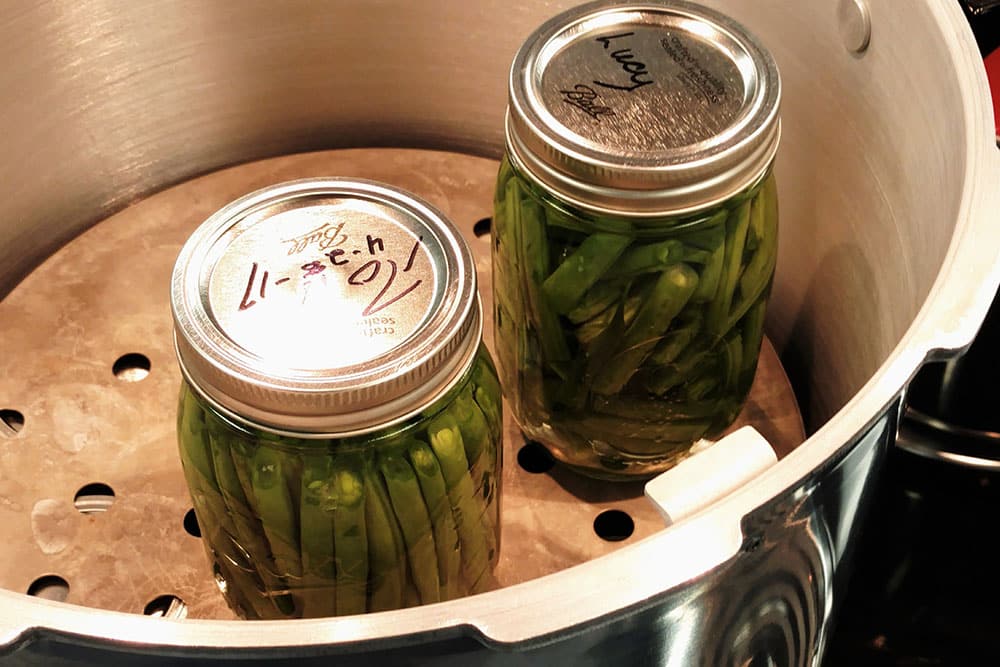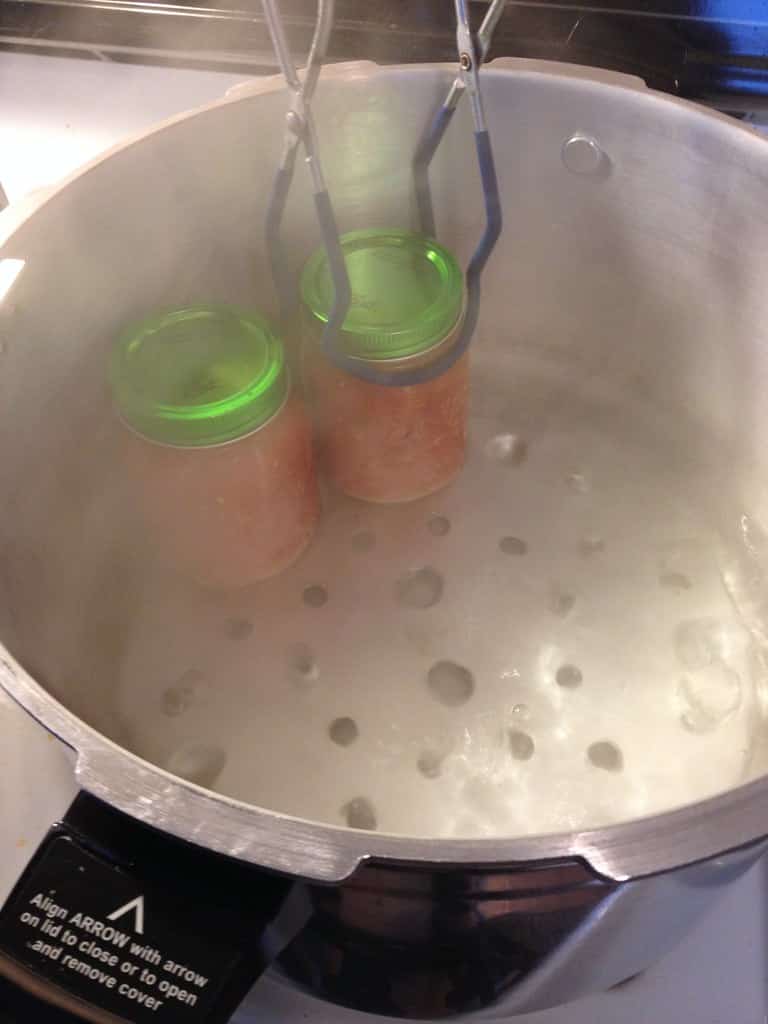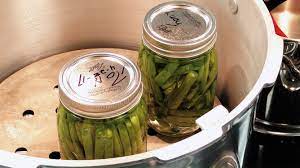
DISCLOSURE: This post may contain affiliate links, meaning when you click the links and make a purchase, I receive a commission. As an Amazon Associate I earn from qualifying purchases.
Pressure canners are useful for food preservation at home but many people don’t know the difference between pressure canners and pressure cookers. When using them, they require different amounts of water.
In this article, we’ll take you through the differences between them and tell you exactly how much water you’ll need to put in your pressure canner.
How Are Pressure Canners and Pressure Cookers Different?
Pressure cookers are mainly used for preparing stews, soups, and cuts of meat quickly. They’re basically big pots under pressure, with most of them holding less than 4 liters.
Pressure canners are specifically designed for processing (by heating and canning) foods like vegetables, soups, meats, fruits, and jams. They are particularly useful for rendering low-acid foods safe as they reach higher pressures than pressure cookers.
They are usually much bigger than pressure cookers. Many can hold as many as 24 half-pint jars. The size difference between the two is the reason that pressure cookers aren’t suitable for canning. Because they’re smaller, their heating up and cooling down times are shorter.
[amazon box=”B00BERGI2W”]
This can cause the food to be under-processed and unsafe. This is why, before pressure canning, you should ensure the machine can hold at least four-quart jars standing upright.
Advantages of Home Pressure Canning
- It is safer than water bath canning.
- It enables you to preserve low-acid foods like fish and meat without having to add acids as in pickles.
- You can make homemade versions of canned products you find in the supermarket. You get to control the ingredients such as salt and preservative content.
- Pressure canning saves you money because you can buy fresh produce on special and preserve it for later.
- If you have a vegetable garden, it provides a way of preserving the produce when it is in season.
How Much Water in a Pressure Canner?
Preparing for Canning
With water bath canning, the jars are completely covered. The water is then boiled. The temperature can only reach 100˚C because it is not under pressure. With pressure canning, however, the water needs to come just halfway up the jars.
Once the machine is turned on, the water is heated under pressure and the steam reaches temperatures of around 116˚C. It is important not to cover the jars but to allow space for the steam to form.
- Fill the clean, warm jars with the hot vegetables/meat along with their canning juice. For fruit, allow ½ an inch of headspace. For meat, vegetables, and fish, allow 1 inch of headspace. This is due to the difference in expansion of the various items. Use a spatula to remove any air bubbles that are trapped in the jars.
- Put the rack into the canner. If you don’t have a rack, use a layer of old jar rims. It is important to lift the jars off the bottom of the canner as they may crack if they sit directly on the bottom of the pot.
- Heat the water in preparation for adding to the canner with the jars.
- Add the water to the canner. Three inches is a minimum or if you’re unsure, add enough to come halfway up the sides of the jars. A 24-quart canner usually requires 3 quarts of water. You can add a couple of spoons of white vinegar to prevent stains on the outside of the jars.
- Wipe the jar rims clean and screw the lids on. Put them into the canner.
- Put the canner lid on and switch it on, allowing it to heat up and come to pressure. Most models will tell you when this point has been reached.
- Process the food for the time specified in your instruction manual or recipe.
- Turn the heat off and allow the jars and water to cool with the lid on.
- Leave the jars to cool for 24 hours.
- Check for a good seal on the lids.
- Wipe clean and label with the canning date and contents before storing them in a cool, dry place for up to a year.
To Conclude
We hope you understand now how much water is needed in a pressure canner. Generally, 3 inches of hot water is enough. Too much water is unlikely to cause harm, but too little could boil dry and cause an issue.

